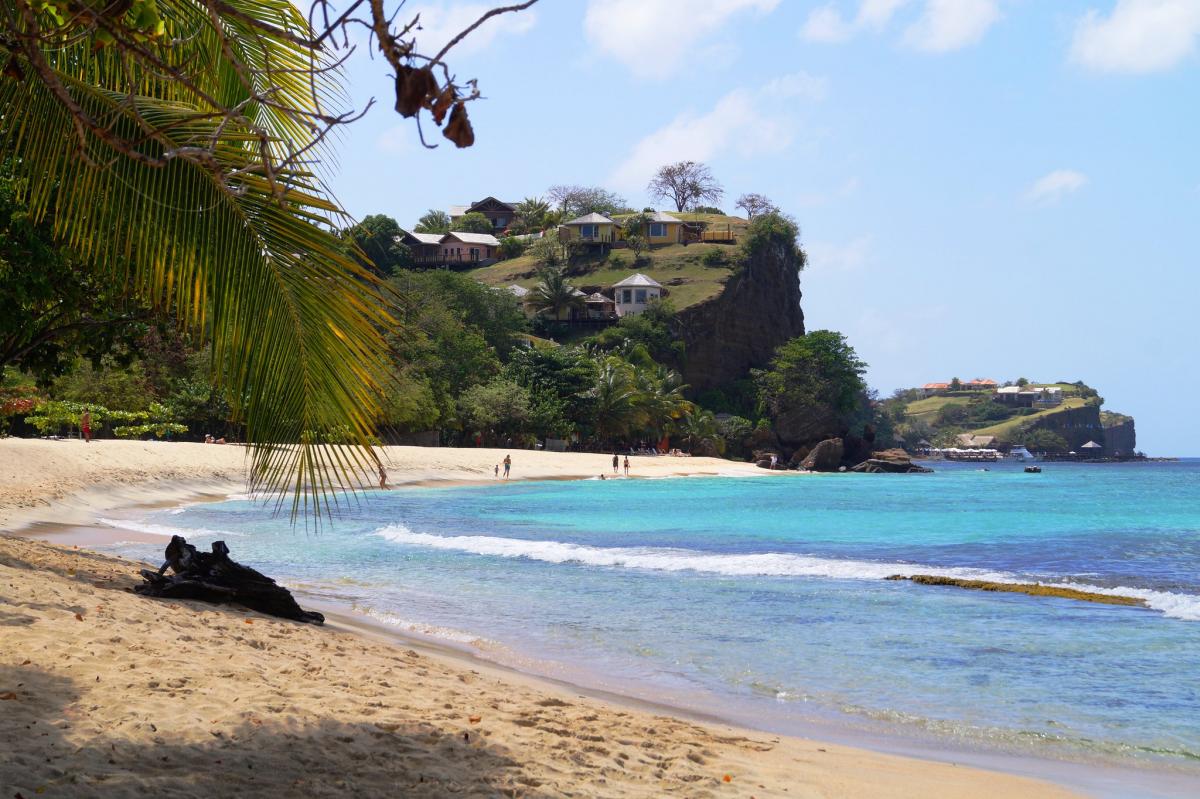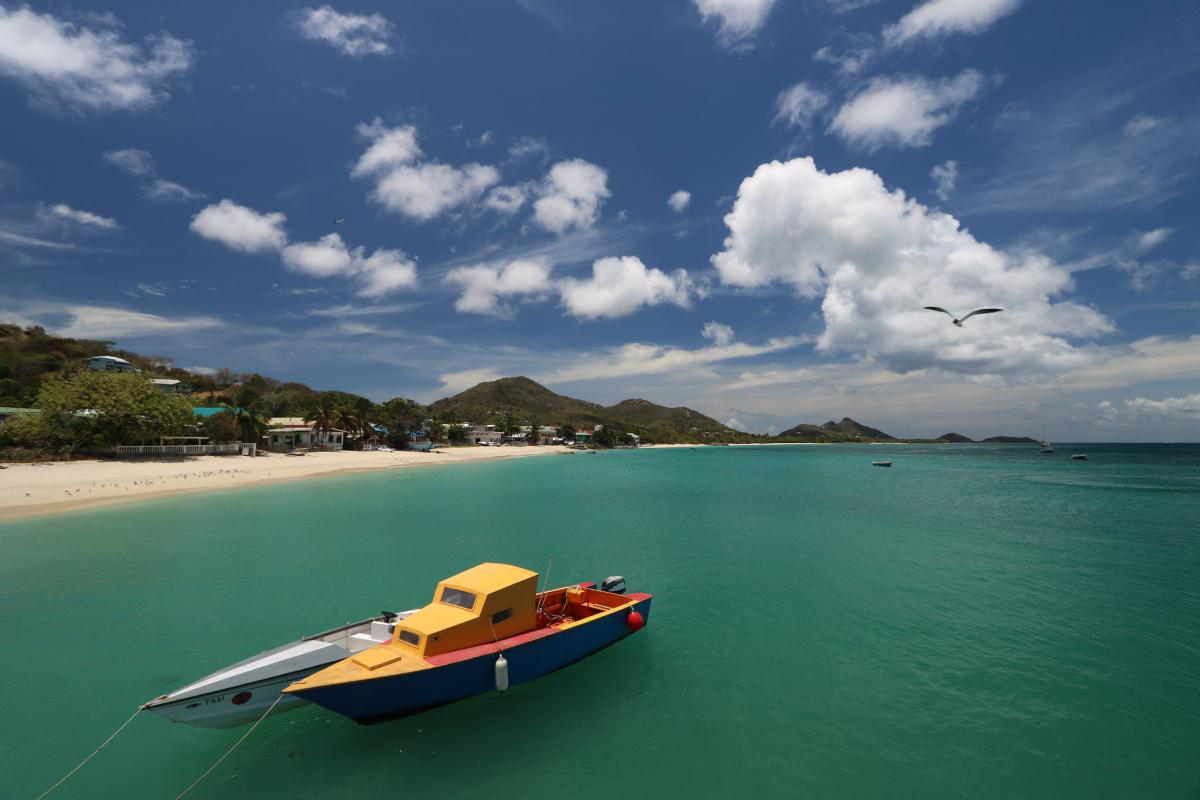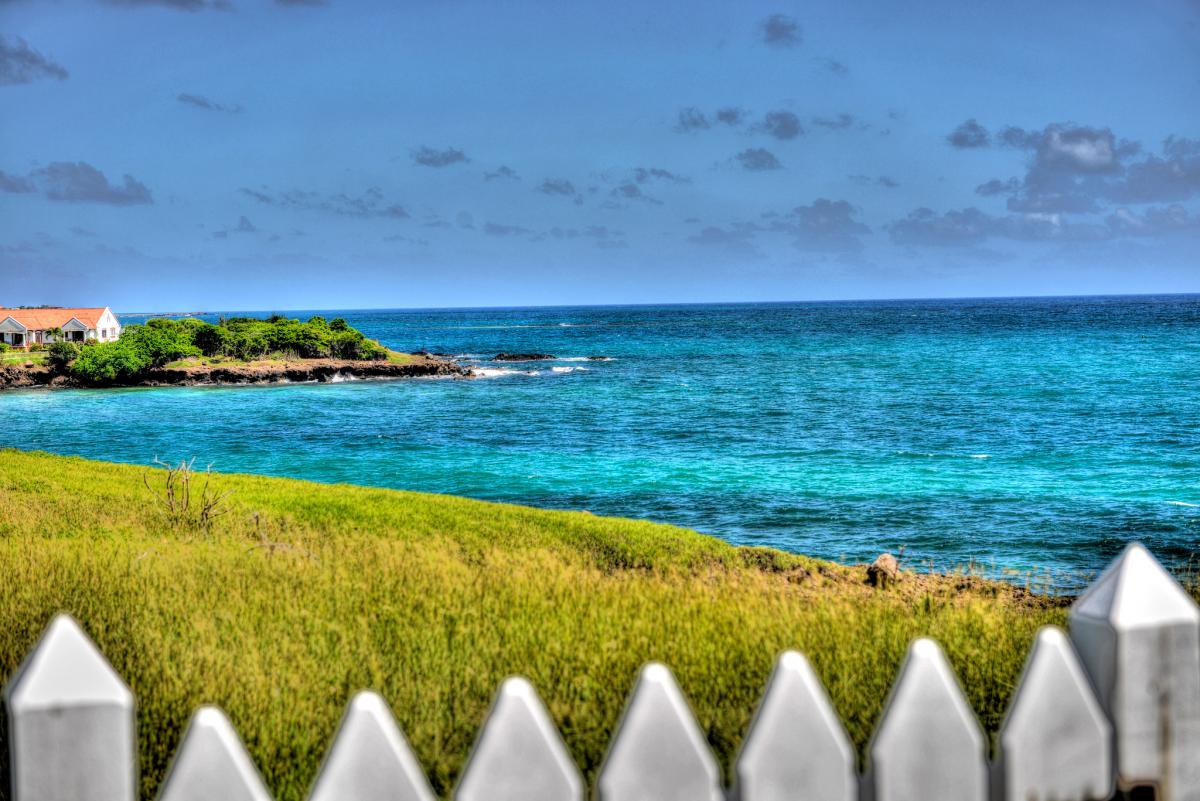Jamie, M0SDV will be active as J38W from Grenada Island, IOTA NA - 024, 23 November - 2 December 2025.
He will operate on HF Bands, including activity in CQ WW DX CW Contest in Single Operator All Band Category.
Recent DX Spots J38W
J38W Log search QSL via M0OXO, LOTW.
The island of Grenada is a green corner in the Caribbean Sea
The island of Grenada belongs to the Lesser Antilles, just north of Venezuela in the Caribbean Sea. The island was discovered by Christopher Columbus on his third voyage.

A bit of history
In appearance, Grenada was incredibly reminiscent of Andalusia. However, the island was named in honor of Spanish Granada. However, the locals were not at all happy about the foreign visitors, but at first they managed to bribe the Indians. For insignificant trinkets the French bought up part of the land from the locals, and when they declared their rights to the rest of the territory, the indigenous population decided to rebel. Blood and wars were not without bloodshed - and when have territorial disputes ever been settled without bloodshed? The Europeans gained the upper hand, practically wiping out the local natives. Then the French long shared the rights to the island with the British, who finally secured their rights to Grenada with the Treaty of Versailles. They planted the island with sugar cane, tobacco, cotton and nutmeg, putting slaves from Africa to work on the plantations.
Internal self-government was not established until 1967.
Grenada's flora and fauna
Most Caribbean islands are of coral origin, while Grenada is of volcanic origin. Along the coast the relief is flat, and in the center of the island there are mountains, the highest of which is St. Catherine - 840 meters. In the mountains there are many lakes in ancient volcanic craters, there are also hot springs.
Almost the whole coast is picturesque beaches, along the coast - mangrove forests, and on the slopes of the mountains - dry evergreen and tropical forests. On the tops of the mountains are dwarf trees.
There is a huge variety of animals, but there are no mammals among them, and an incredible number of birds, both small, like hummingbirds and parrots, and large - hawks, pelicans. There are poisonous snakes and boa constrictors on the island, but they live in tall trees and do not attack people. There are also colonies of turtles, but they are actively destroyed by locals in order to prepare delicacy dishes of local cuisine. There is a huge number of tropical fish species near the coast.

Business spheres of the island state
Now the state budget is filled by three components - tourism, export of fruits and spices and offshore banking. Investments are mainly British and American. Local laws are rather strict with regard to customs duties and fees, otherwise business conditions here are quite attractive.
There are a lot of unemployed people in the country, so when foreign investors want to start construction and then provide services in the tourism sector, it is welcomed by the local government. However, the bureaucracy here has also managed to take a threatening turn, which sometimes nullifies the efforts of foreign entrepreneurs.
Grenada has a peculiar name - the Island of Spices. They are abundantly grown on local lands, and the image of nutmeg is even present on the national flag. Cinnamon, cloves, ginger, cocoa, etc. are also popular on the island.
Real estate on the island
On the island you will not see high-rise buildings, they are not here at all, as the local law prohibits that the houses were higher than palm trees. By the way, the buildings are not built of wood, as in the old days the capital of the state was destroyed three times by devastating fires.
The real estate market of the island can not be called developed, foreign businessmen acquire ownership of some hotels and bungalows. The local population buys apartments and houses. If a foreigner wishes to buy real estate here overlooking the sea, the purchase may cost as a few tens of thousands of euros, and a dozen and a half million euros. Especially popular with investors are luxury villas and apartments - real estate is sold for euros, not dollars.

Grenada Attractions
Many tourists come here not only for the natural beauty, but also for diving, because there is the only unique underwater sculpture park in the world. These are concrete sculptures of people installed at the bottom of the bay. Local residents posed for the sculptor. They are depicted in different poses - while working, cycling, sitting, standing, etc. There are even sculptures of small children, which cause special emotion among visitors. You can enjoy the spectacle either by going down to the bottom with scuba diving or using a bathyscaphe boat with a transparent bottom.
By the way, for divers here is a paradise - local waters are among the cleanest. And in addition to the museum of sculptures you can look with interest at the traces of the remains of many shipwrecks.
Those who are not fans of the underwater world, can enjoy the local reserves and national parks, where there are many varieties of local birds, which are convenient to observe in natural conditions.
Hotel accommodation
There are five-star hotels in the major cities, but more three-star hotels. Most of the small hotels and bungalows are located in green areas, where you can get privacy and relax. But the “all-inclusive” service is unpopular here, tourists will be offered breakfast at best. You can also rent accommodation from locals, then tourists will be provided with a full meal.
The cuisine in restaurants and cafes is bizarre, combining the traditions of different peoples. Fish and seafood dishes prevail in the menu, but all of them are prepared with local flavor.

